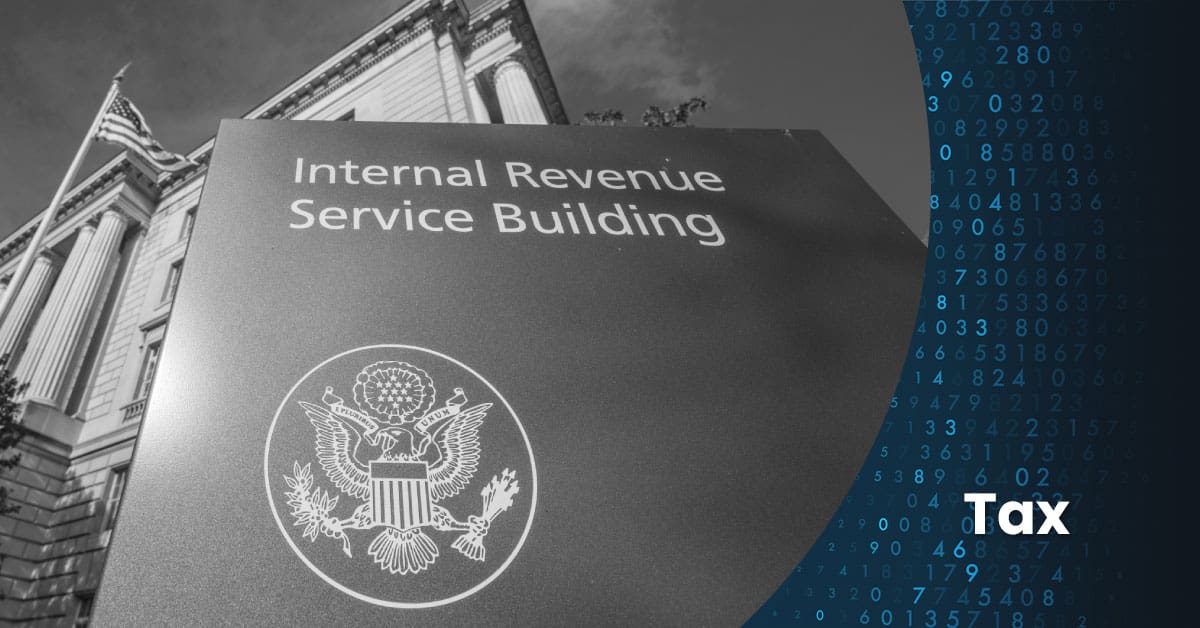In 2025, IRS workforce reduction became a reality with over 11,000 IRS employees (25% of its workforce) exiting the workforce by March. Of the departing employees, 31% were revenue agents who were mainly responsible for conducting audits.
Additionally, in a second-round voluntary departure program, over 13,000 employees who applied to leave their jobs were approved in April. The uncertainty surrounding the IRS workforce is stronger than ever, leaving many questions about what the future holds.
The recent staffing overhaul has sparked significant debate over how these changes might impact taxpayers and the country’s overall tax collection. Workforce reductions within the IRS are not without consequences, and these changes extend far beyond the agency itself, directly affecting millions of taxpayers.
Below, we explore the potential downsides, current challenges, and ways taxpayers can adapt to a system facing strain from reduced staffing.
The Role of the IRS Workforce in Tax Collection
The IRS plays a crucial role in the United States financial ecosystem. Its workforce ensures effective tax collection, customer service, and compliance with tax policies.
However, reduced staffing can present challenges that could erode the efficiency of these operations. The current system depends on the integration of taxpayers and advisors working with the IRS to efficiently and correctly report and pay their tax obligations. With an understaffed IRS workforce, there can be an added layer of difficulty in maintaining these seamless operations.
Impact on Taxpayers
Delayed Processing Times
A smaller IRS workforce inevitably means IRS tax delays. Slower processing of tax returns, refunds, and correspondence. Slower processing times for paper returns and amended returns are particularly notable during periods of staffing reductions.
The IRS entered 2025 with a backlog of unprocessed returns from the previous year, so the IRS’s workforce reduction of employees in the first half of 2025 can compound a pre-existing issue.
These processing delays can impact taxpayers at every income level, from individuals to businesses awaiting tax credits. They can also severely inconvenience taxpayers relying on timely refunds, especially during rising inflation or economic uncertainty.
- While the IRS officially states that most refunds for electronically filed returns with direct deposit are issued within 21 days, under the current climate, routine refunds might take up to 5 weeks.
- For amended return refunds, the IRS has provided a standard timeframe of 8-12 weeks. However, with less staff to perform the review needed for these returns, processing times can go far beyond the 12-week period.
Reduced Customer Service
Fewer employees can also result in a decline of the already strained quality of IRS customer service. It can become more difficult to connect with IRS support both by phone and in person, leading to longer wait times for assistance with account issues.
Taxpayers often face challenges understanding complex tax policies or resolving disputes, and reduced staffing leaves fewer agents available to guide them. The answer rates for calls made to IRS helplines have dropped drastically in recent years; at peak times, only around 20 percent of calls are answered.
These service levels can leave taxpayers frustrated and unsure of how to resolve their issues.
Extended or Delayed Audit Periods
In cases where a taxpayer is working with an assigned auditor, recent layoffs have posed a significant challenge to the audit process. With high employee turnover, cases can be reassigned without notice, resulting in extended periods under audit while waiting for a new agent to be assigned.
This can significantly disrupt the timeliness of reaching a resolution and can even extend the audit period if more time is needed for a comprehensive review.
Increased Audit Risks (for Complex Filings)
While it is possible that audit rates overall may decrease due to staffing limitations, the IRS has expressed there will be an increased focus on pursuing cases that are considered high-dollar or high-priority. Audits may trend more toward complex business taxpayers or high-net worth individuals.
Navigating IRS Staffing Challenges as a Taxpayer
Although IRS workforce reduction presents systemic challenges, taxpayers can take proactive steps to minimize disruptions:
- File Electronically: Use electronic filing options wherever possible. E-filing is faster, more secure, and less error-prone than paper-based submissions. Especially in recent years, processing times for paper returns have become incredibly prolonged.
- File Accurately and Completely: Ensure your return is accurate and complete to minimize the chances of delays, errors and amended returns.
- File Early: To avoid further delays, submit your tax returns as early as possible. By doing so, you can reduce the chance of being caught in backlogs which start to build as we approach filing deadlines.
- Seek Professional Help: Working with certified tax preparers or accountants can help you resolve complex tax questions and potentially mitigate potential issues arising from IRS staffing changes.
- Stay Educated: Familiarize yourself with updates in tax laws and self-help resources available on the IRS website. The more informed you are, the less likely you’ll need to rely on phone or in-person support.
The Broader Implications of IRS Staffing Reductions
Ultimately, workforce reductions at the IRS have far-reaching consequences for taxpayers and the broader economy. From delayed processing times to reduced enforcement capabilities, the impact creates ripple effects that influence trust in the fairness and efficiency of the nation’s tax system.
If you’d like to learn more about how these changes could impact the tax system or discuss solutions, our team is here to help. Reach out to us today for more insights and guidance.
FAQ
1. Can technology and online tools help taxpayers deal with IRS staffing cuts?
Yes. Digital tools like the IRS Document Upload Tool (DUT) are enabling faster responses to notices and requests, reducing the need for paper mail or phone calls. More features—like expanded online accounts and callback options—are being rolled out to help taxpayers get answers without waiting on hold or mailing documents.
2. What should I do if my IRS refund is unreasonably delayed?
After checking your refund status online and waiting the standard time (up to 5 weeks for e-filed returns, longer for amended or paper returns), you can contact the IRS or request assistance from the Taxpayer Advocate Service. Hiring a tax professional or using e-filing with direct deposit helps minimize delays. For stuck refunds, persistent contact may be required to resolve identity or document issues.
3. Are there alternatives to calling the IRS for customer support?
Yes, you can access help through the IRS website, use secure messaging in your online IRS account, utilize community volunteer tax clinics (VITA/TCE), or seek assistance from tax professionals. The IRS is also expanding self-help kiosks and in-person Community Assistance Visits for those who need face-to-face service.
4. Has audit risk changed for different types of filers?
Overall, audit rates are down due to fewer auditors, but the focus has shifted toward high-net-worth and complex business filers. For individuals and small businesses, the chance of being audited is even lower than before—provided there are no red flags (like unreported income or excessive deductions).
5. How can I expedite IRS processing or resolve correspondence faster now?
Use electronic communication whenever possible. Submit all responses and documents using available upload tools or secure portals, double-check for accuracy, and file early in tax season. If you receive a notice, respond quickly and monitor online accounts for updates instead of relying on mail.





 Previous
Previous






